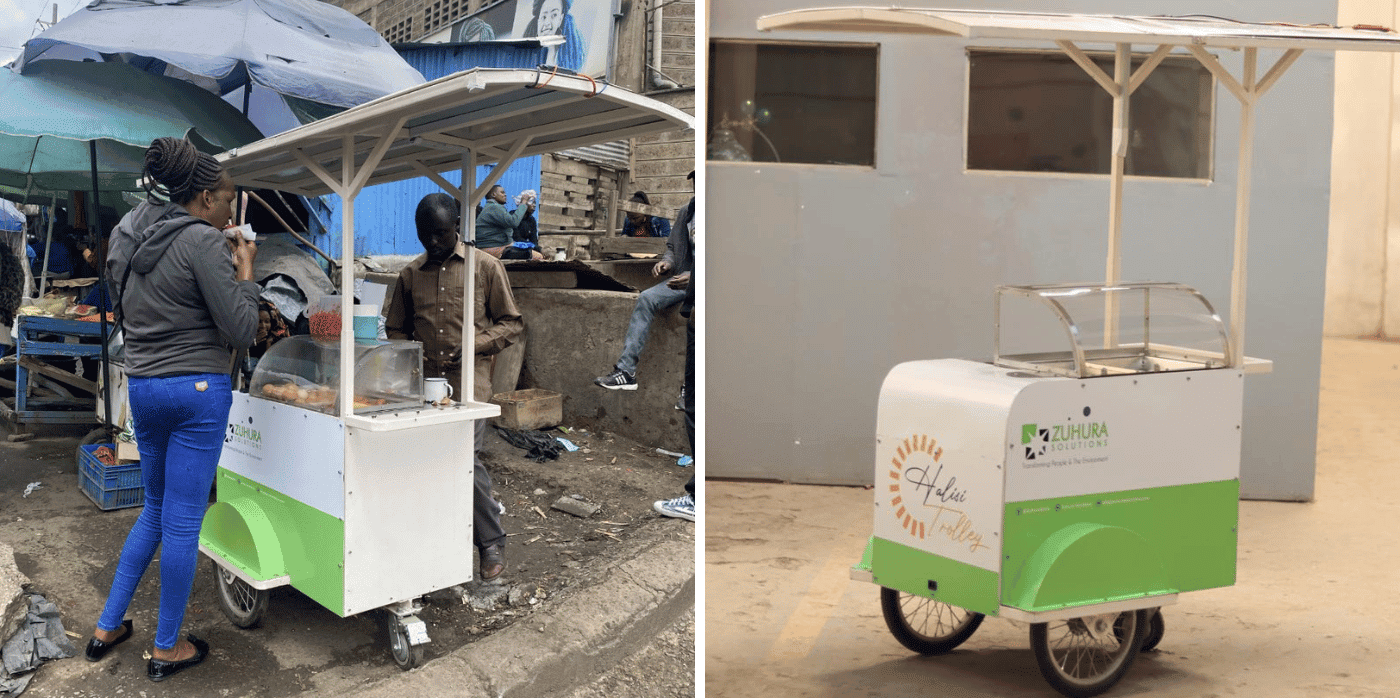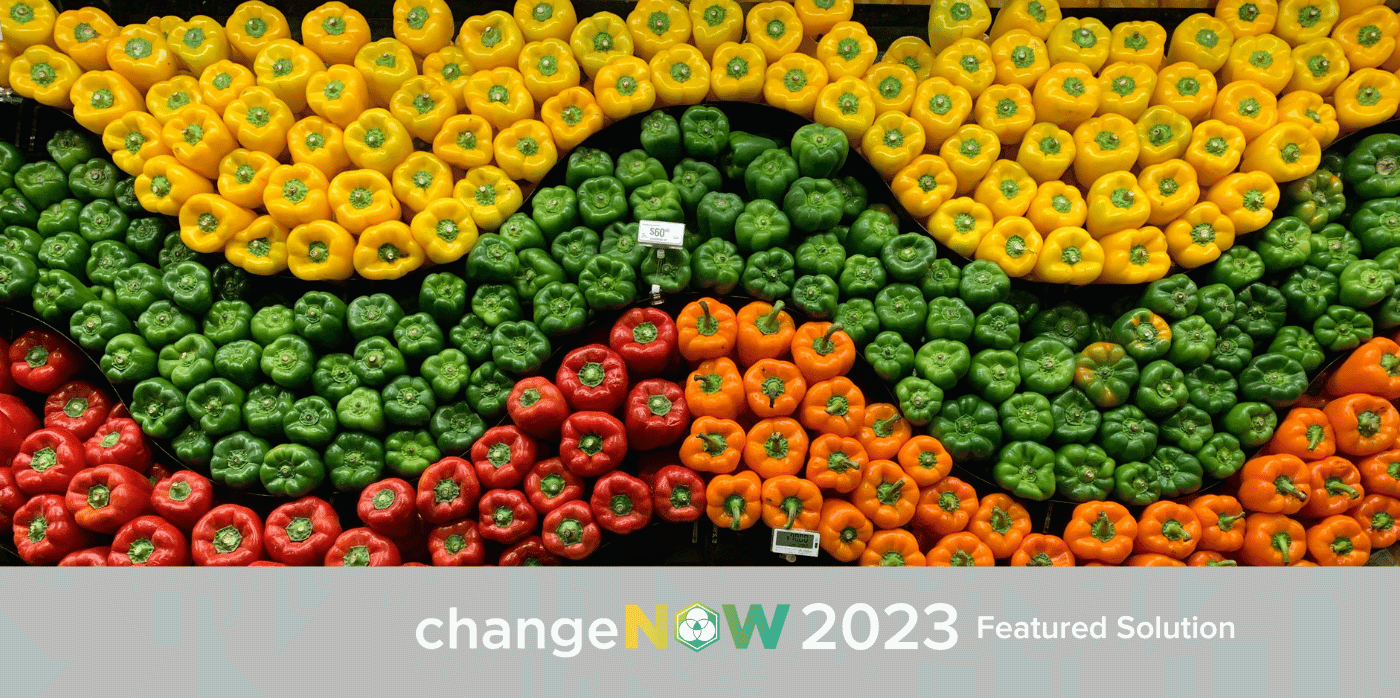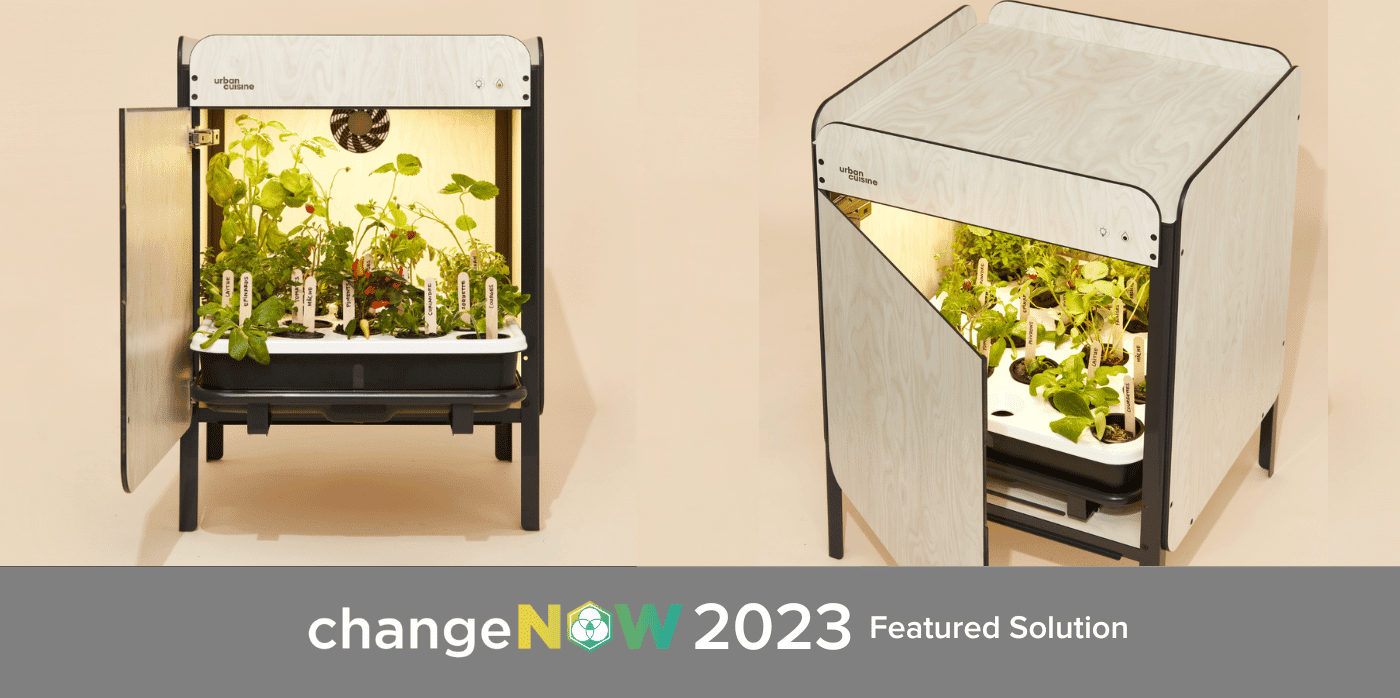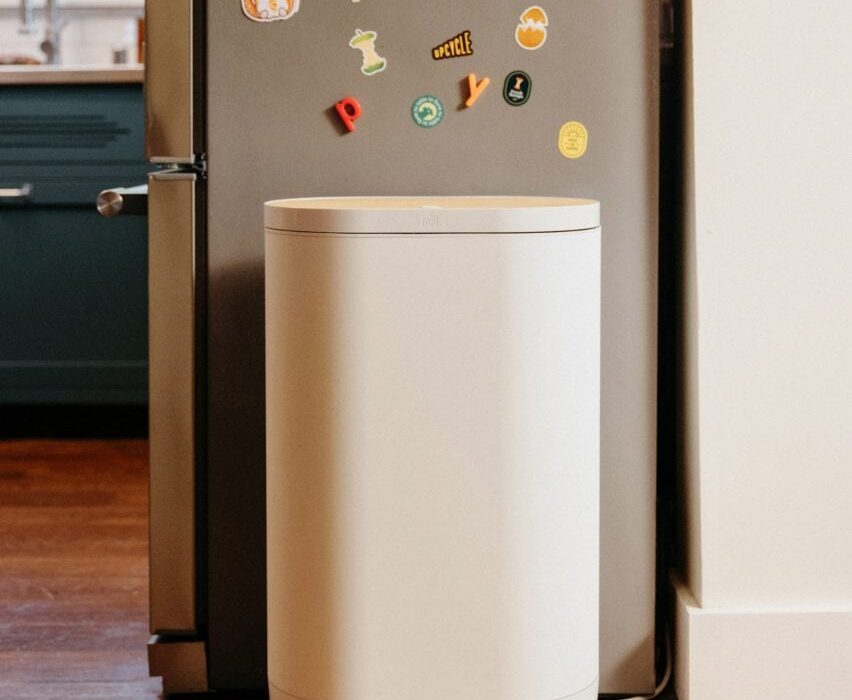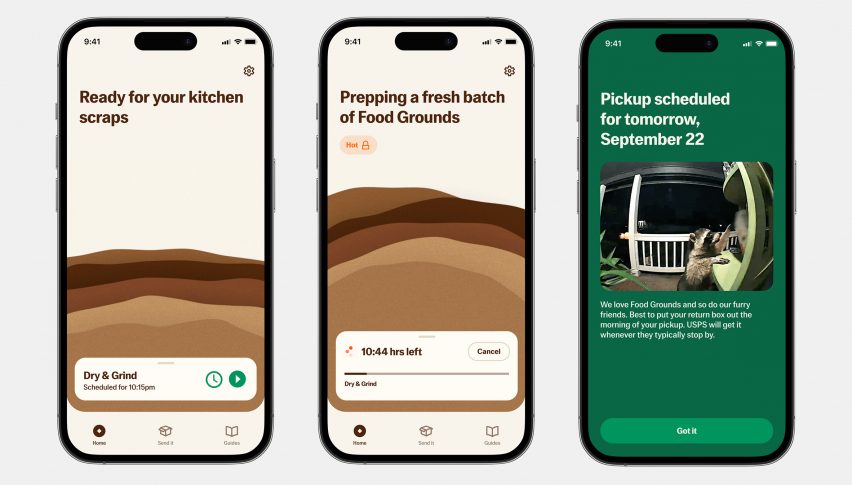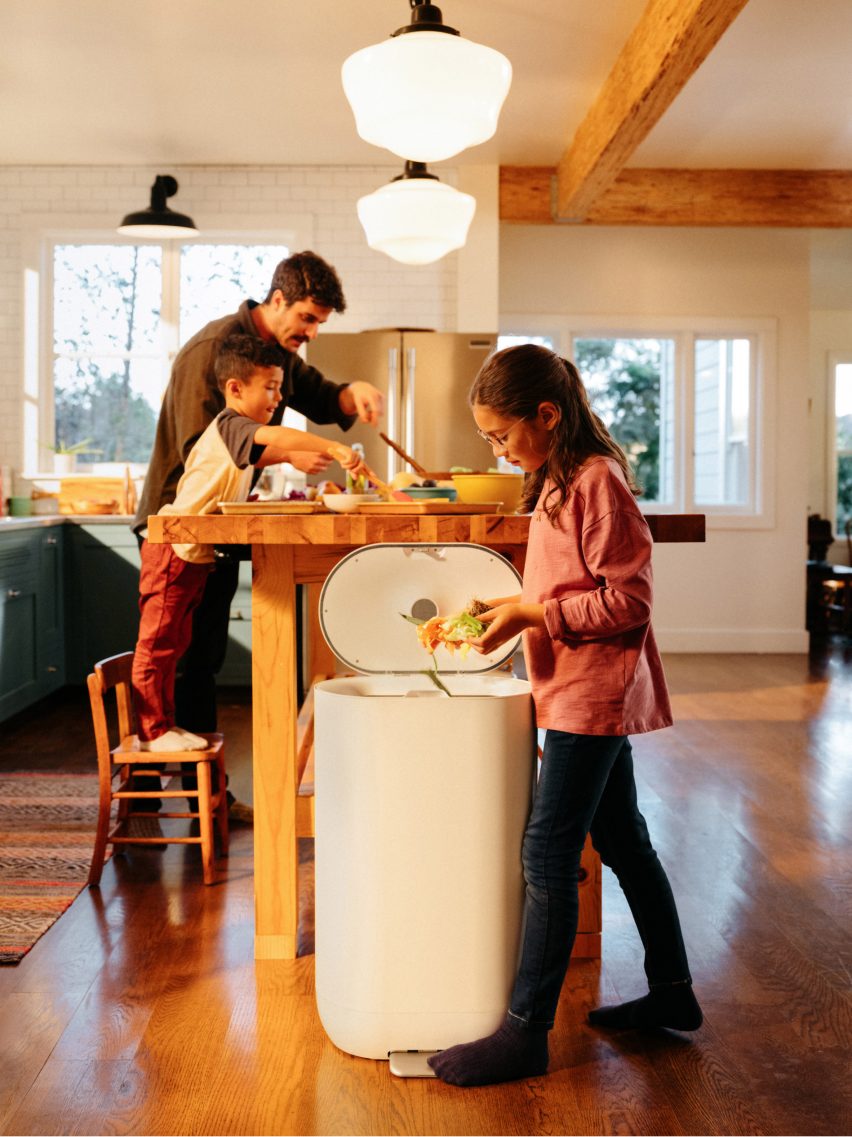Improving the climate resilience of food production with better soils

Spotted: The Food and Agriculture Organization of the United Nations found that about one-third of the world’s soils are already degraded. This threatens global agricultural production and food security. But one company is aiming to improve soil quality.
Initially founded in 2020 by Azadeh Farajpour Javazmi with the support of the European Union (EU) parliament, the BetterSoil movement launches national and international projects to improve the quality of soils for improved climate resilience and sustainable food production. The company aims to promote sustainable agriculture both in practice and the political environment, by mobilising decision-makers at the level of the European Parliament.
The initiative’s goal is to close the gap between theory and practice in terms of knowledge about soils and their quality in sustainable agriculture. BetterSoil connects science and research with the knowledge of farmers around the world to understand how to best improve soil fertility and build up soil humus – a nutrient-rich substance made from decomposed plant and animal matter.
Working closely with scientific advisors, BetterSoil develops tailored soil recipes for different regions, since each country has its own specific climate, crops, and needs. All soils are created with the BetterSoil science-derived principles in mind: appropriate soil management and agroforestry, and the use of compost and biochar.
BetterSoil also offers education on sustainable development in order to raise public awareness, motivating people to rethink how they use resources and contribute to sustainable development. The company addresses individuals, companies, teams, and schools – it is also launching a BetterSoil Inhouse Academy.
Healthy soil is integral to the world and its inhabitants, and improving and maintaining soil quality is vital for sustainable and reliable food production. Springwise has also spotted pre and probiotics that improve soil health and plant patches that monitor crop stress.
Written By: Anam Alam


